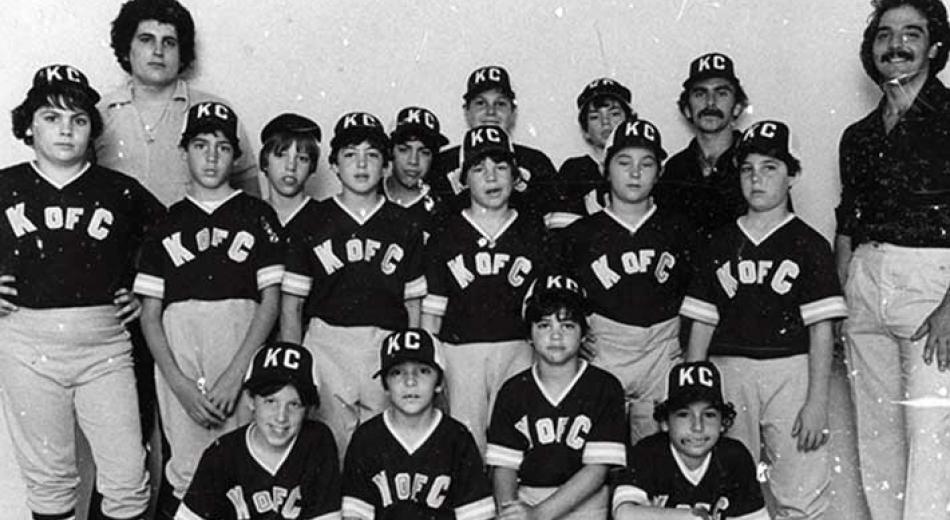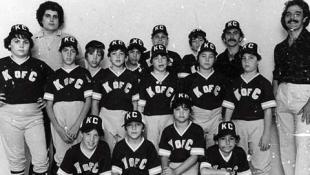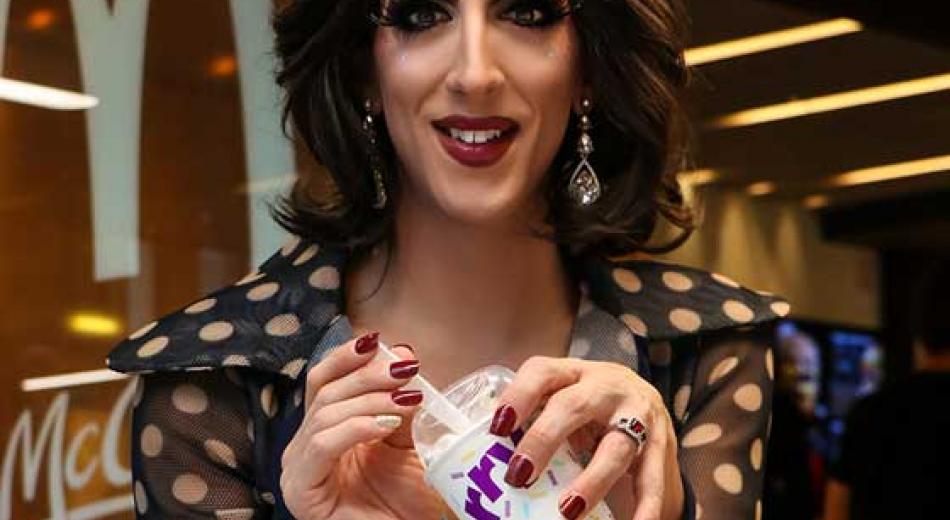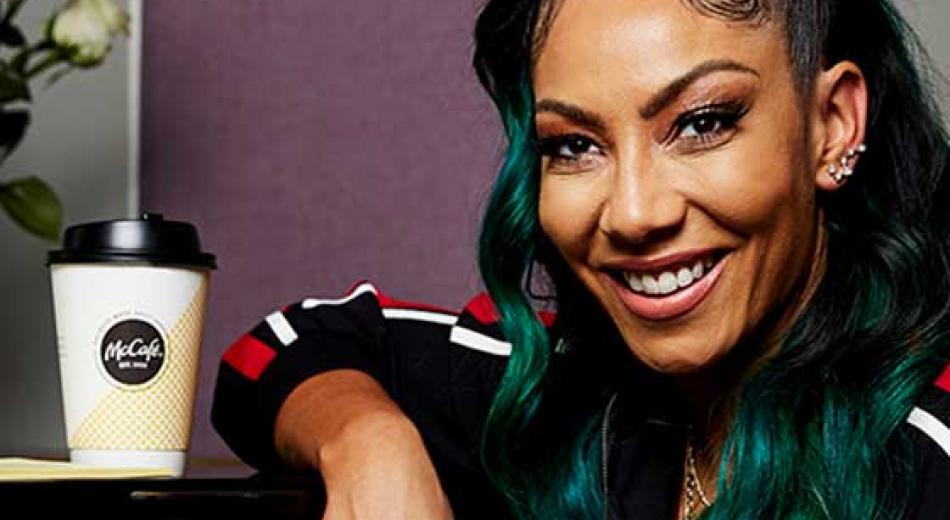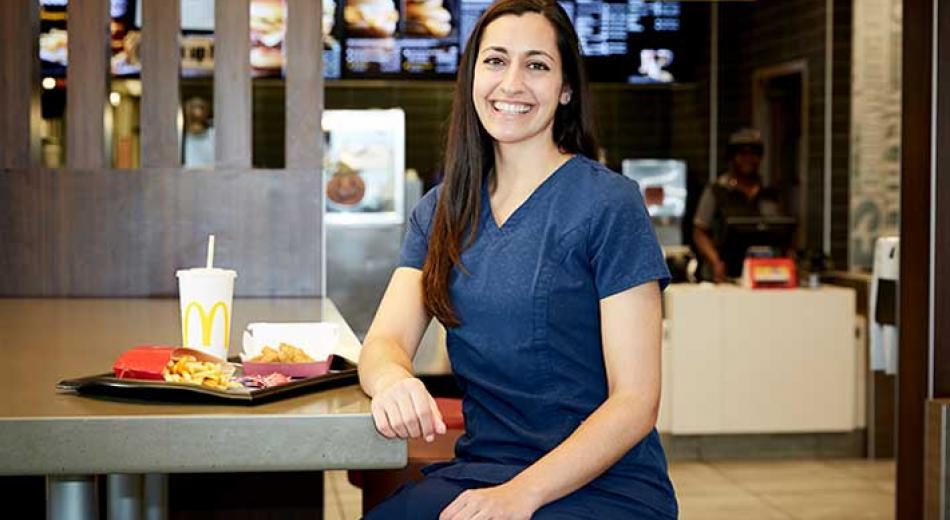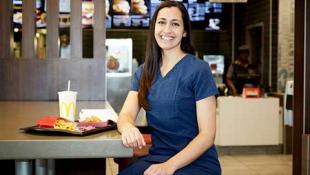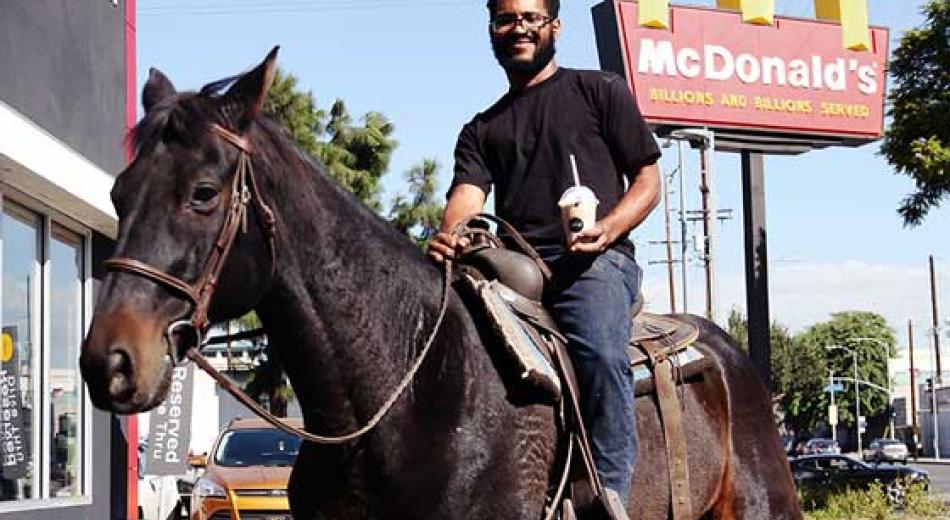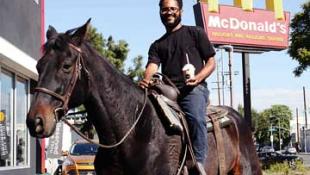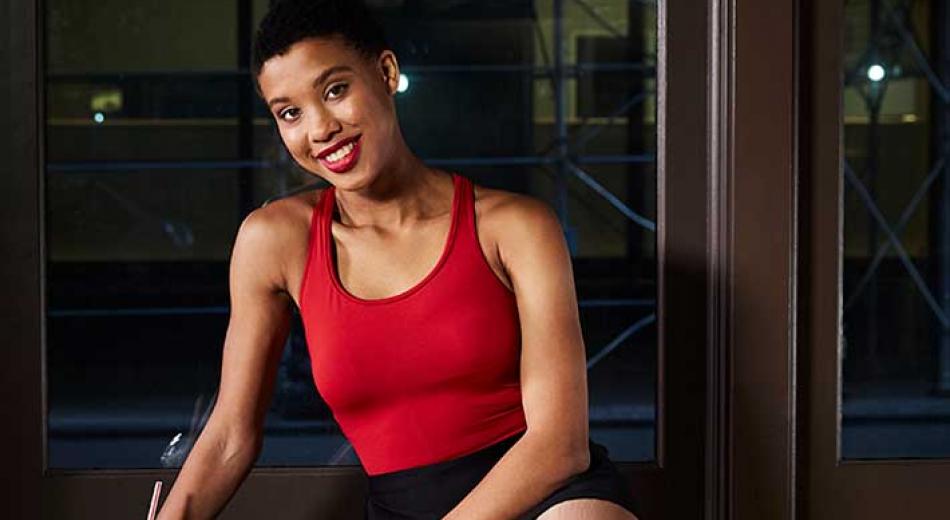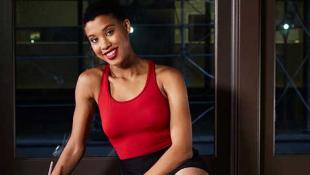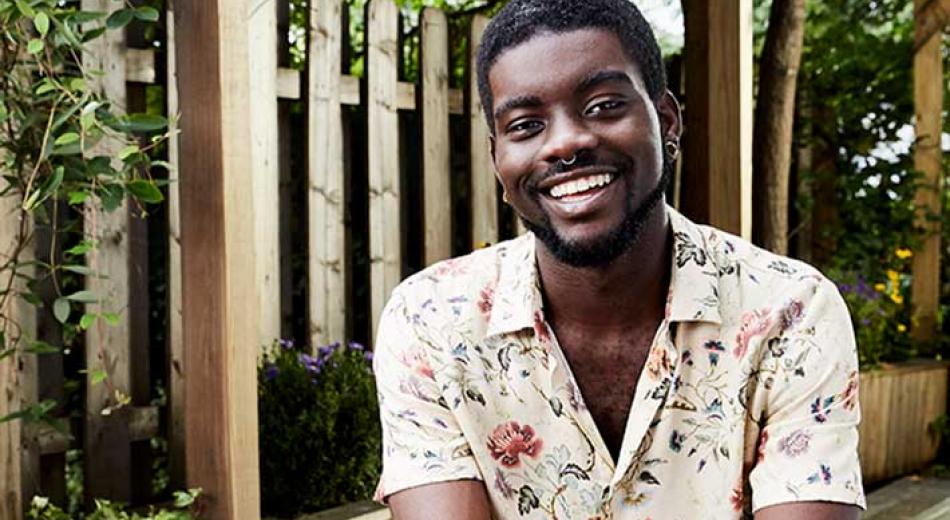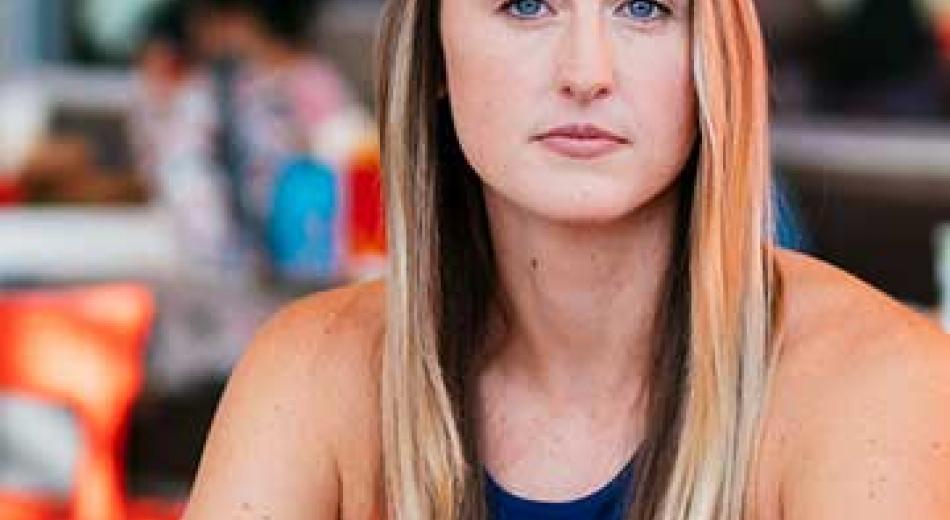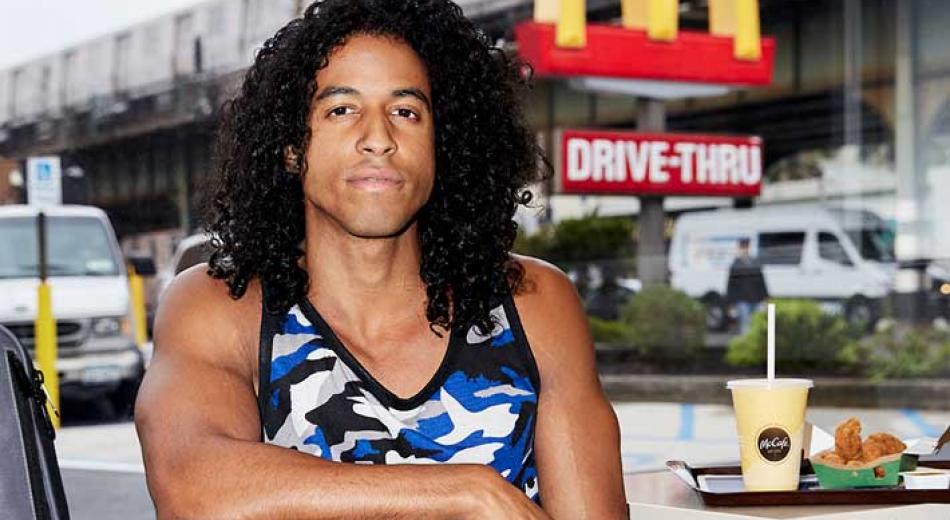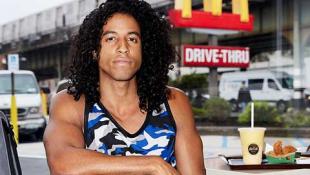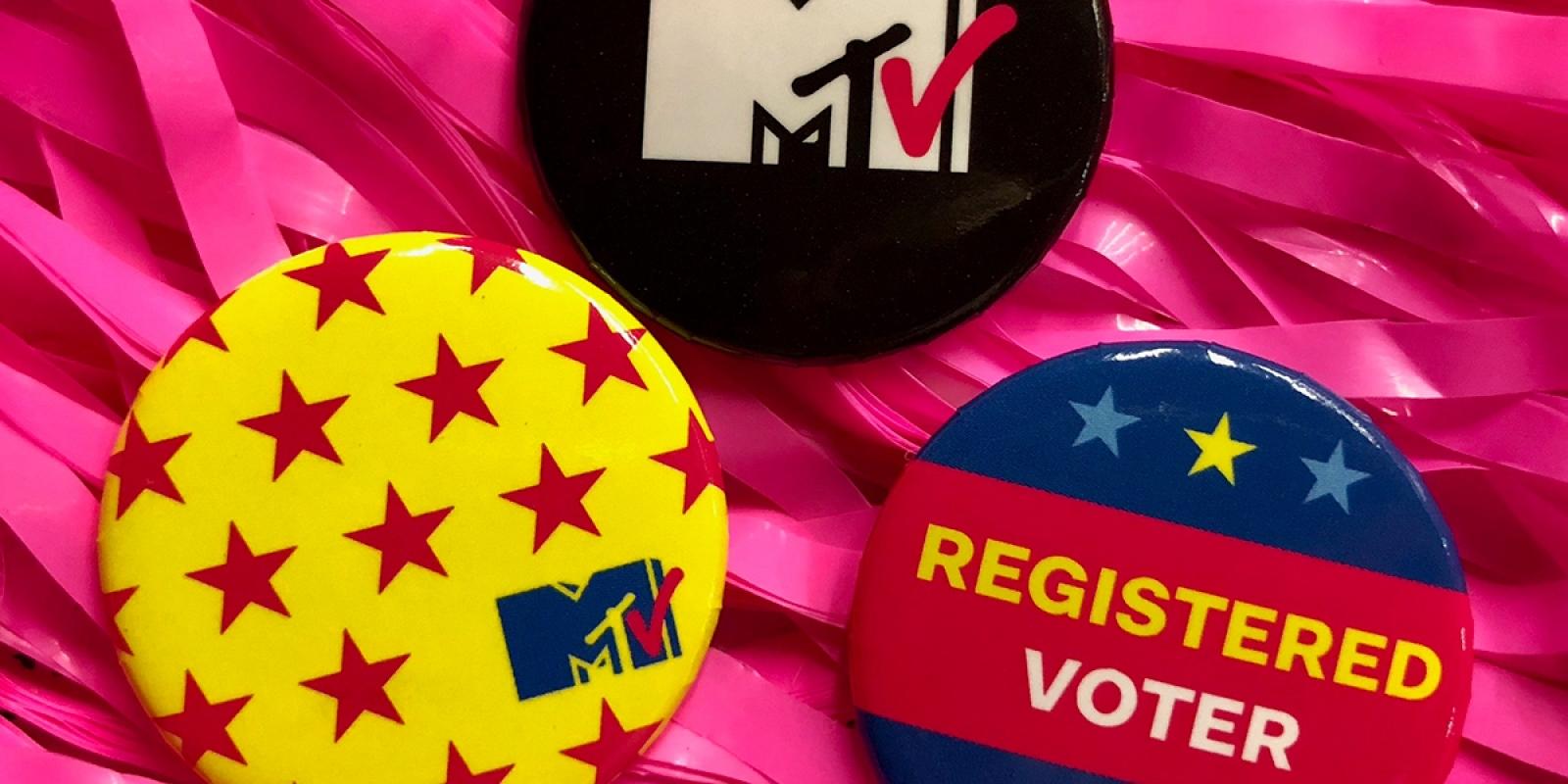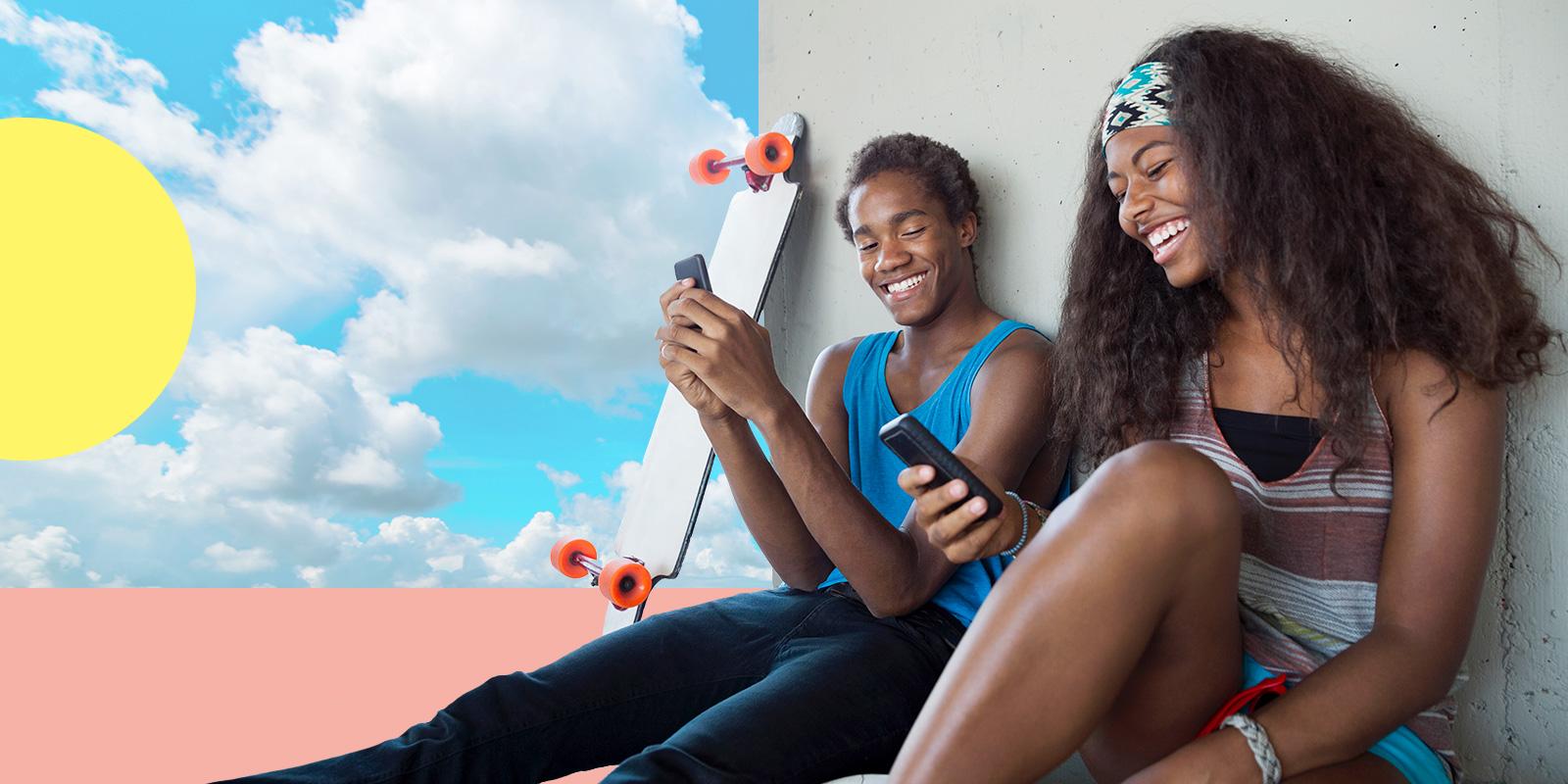Mar 04, 2019
Celebrating the diversity of McDonald’s customers through documentary storytelling.
For McDonald’s first brand campaign in more than four years, it wanted to focus on the things Americans have in common. As the country's largest fast-food chain, in terms of sales, its goal was to showcase how the chain stands apart as a gathering place for consumers across demographic, philosophical, political, and geographic divisions.
McDonald’s came to Viacom’s branded programming studio Velocity with a challenge: take its overarching “Moments” brand campaign and develop a campaign that would appeal to fans across the Viacom networks. McDonald’s supplied a rough draft of its messaging in a series of portraits of people eating in McDonald’s locations. Placed side-by-side, the subjects appeared to be dissimilar, but anecdotes placed below each image revealed the commonalities they shared.
“McDonald's was really looking to celebrate the things within all of us that we share,” says Spencer Parker, who oversaw the campaign from its initial conception to completion as creative director. “That felt like the perfect opportunity for us to tell really good stories about human connection. And, it was a great fit for Viacom, which has always been a place that celebrates diversity and champions stories about the things that we have in common.”
A “desire to tell deeper stories.”
In the midst of brainstorming, Dario Spina, chief marketing officer of Velocity, offered his team some inspiration. Recognizing McDonald's as a “staple” a place for “people of all shapes and sizes and different walks of life,” Spina thought back to his own experiences with the restaurant chain, as a little leaguer growing up in Belleville, New Jersey.
The little league teams were treated to McDonald’s after every game they played, win or lose. “The teams were mashed up together, forgetting they were former foes, just an hour before hitting the golden arches,” says Spina.
The telling of a real-life story and the image of kids in different uniforms, yet all the same, became the crux of Velocity’s campaign strategy and provided a way to share stories about why McDonald's is relevant to people's lives.
“The idea for documentaries was born out of this desire to tell deeper stories and to really find these connections between people,” Parker explains. “We take a portrait of somebody, a picture, a moment in time, and then dive into that.”
The concept was also grounded in data. Velocity’s four-part study Culture of Proximity 2.0 study, released in 2018, revealed that young people are increasingly looking for brand authenticity, with 70% of youth culture feeling brands aren’t getting authenticity right. The way to change that, the study explains, is to openly share the company’s values and beliefs in culturally significant moments.
Injecting realism to make it relatable.
Working with documentary filmmakers Amy Rice and Katherine Fairfax Wright, the team crafted the “In Common” campaign that’s comprised of four mini-documentaries that offer an intimate look at two seemingly different people who are revealed to have a lot in common.
Rice, who shot and directed two of the films, points out the newness of taking a documentary approach to branding and ad development. “Brands are reaching out to documentary filmmakers more and more,” says Rice. “I assume it's to inject more realism into their content so people can relate to it more.”
Velocity worked with Rice and Wright to pin down the would-be subjects of their films who would offer that sense of realism. They searched for people who had a “regular routine or ritual” around McDonald’s and a “genuine connection” to the chain, Parker says.
Each of the final films—which appeared across digital, social, and linear on MTV, Comedy Central, BET, and VH1—starts with one of the subjects performing some aspect of their day-to-day routine and welcomes the viewer into their world, a decision Rice explains was informed by background she had from “learning more and more about them in their own environment.”
The first spot centers on a guitar-playing rockstar Adrian and an occupational therapist Danielle, who viewers learn are both passionate volunteers.
Nia and Joseph show how a rebellious Hiplet dancer and a soft-spoken 7th-grade teacher both use art to express themselves.
The Kristen and Carlton documentary pairs the story of a female wrestler with that of an urban cowboy, who, it turns out, both share ambition in their non-traditional careers.
Finally, the Bridget and Marti film gives viewers a look into the life of an R&B singer-songwriter and a drag queen activist.
The campaign resulted in 47.5 million impressions and 524,820 total engagements across social media (which included Facebook, YouTube, Twitter, Instagram, and Snapchat). WHOSAY’s enlisting of four influencers to boost awareness on their personal social channels accounted for nearly 85% of engagement. Moreover, the video completion rate for the ads was 99% across the four networks’ linear and digital channels.
“I remember at the beginning of pre-production for this project, we were just going to schedule meetings for the subjects to come to me in my neighborhood in New York,” says Rice. “And I decided, no, let me go to their space. Let me go to their home.” Being with them in their own environments led her to feel how much the subjects shared and drove home the theme of the campaign, that we have more in common than we think.


